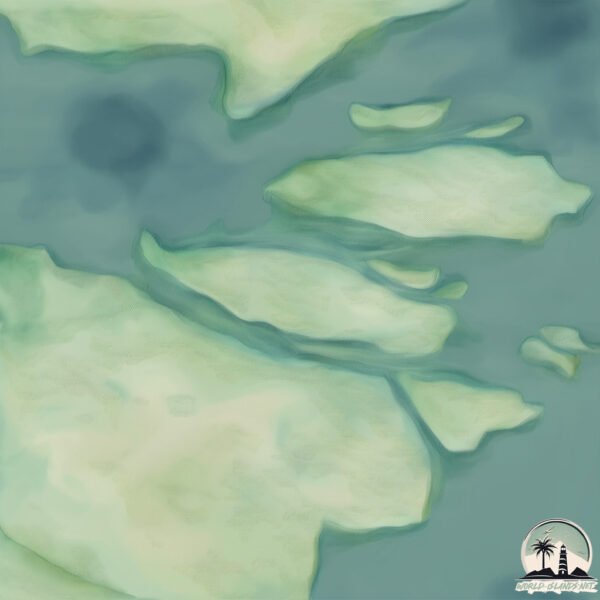Welcome to Ostrov Ptichiy , a Continental island in the Sea of Okhotsk, part of the majestic Pacific Ocean. This guide offers a comprehensive overview of what makes Ostrov Ptichiy unique – from its geography and climate to its population, infrastructure, and beyond. Dive into the details:
Geography and size of Ostrov Ptichiy
Size: 1.218 km²Coastline: 8.7 kmOcean: Pacific OceanSea: Sea of OkhotskContinent: Asia
Ostrov Ptichiy is a Small Island spanning 1.2 km² with a coastline of 8.7 km.
Archipel: –
Tectonic Plate: Amur – A minor tectonic plate in the region of the Amur River at the border of Russia and China, involved in complex interactions with the Pacific and Eurasian plates.
The geographic heart of the island is pinpointed at these coordinates:
Climate and weather of Ostrov Ptichiy
Climate Zone: ContinentalClimate Details: Dry-Summer Subarctic ClimateTemperature: Cold Summer
Climate Characteristics: Short, mild summers with significantly less moisture, and prolonged cold periods. Found in northern, inland regions.
Topography and nature of Ostrov Ptichiy
Timezone: UTC+12:00Timezone places: Asia/KamchatkaMax. Elevation: 26 m Mean Elevation: 25 mVegetation: WetlandTree Coverage: 3%
The mean elevation is 25 m. The highest elevation on the island reaches approximately 26 meters above sea level. The island is characterized by Plains: Flat, low-lying lands characterized by a maximum elevation of up to 200 meters. On islands, plains are typically coastal lowlands or central flat areas.
Dominating Vegetation: Wetland
Vegetation: 1 vegetation zones – Minimal Diversity Island
Infrastructure and Travelling to Ostrov Ptichiy
Does the island have a public airport? no .
Does the island have a major port? no .
The mean population of Ostrov Ptichiy is 0 per km². Ostrov Ptichiy is Uninhabited. The island belongs to Russia .
Continuing your journey, Shumshu is the next notable island, situated merely km away.
R23RRC Ptichiy Island. From dxnews.com
R7AL and RK8A will be active from Ptichiy Island, IOTA AS - 091, 25 - 28 August 2016 as R23RRC. http://dxnews.com/r23rrc/
R23RRC Ptichiy Island. From dxnews.com
R7AL and RK8A will be active from Ptichiy Island, IOTA AS - 091, 25 - ...
остров Птичий (Мальдивы), Самарская область
Прилив остров Птичий, Усть-Хайрюзово, 2024
сентябрь 2024г.
сентябрь 2024г.
Russia is classified as Emerging region: BRIC: Brazil, Russia, India, and China – Economies noted for their rapid growth and increasing influence on global affairs. The level of income is Upper middle income.
News – Latest Updates and Headlines from Ostrov Ptichiy
Stay informed with the most recent news and important headlines from Ostrov Ptichiy. Here’s a roundup of the latest developments.
Loading...
Please note: The data used here has been primarily extracted from satellite readings. Deviations from exact values may occur, particularly regarding the height of elevations and population density. Land area and coastline measurements refer to average values at mean high tide.

